Listen to the full podcast episode on YouTube, Spotify, and Apple Podcasts.
So when UK policymakers failed to define a consistent, credible path to net zero for the built environment, it wasn’t Whitehall that stepped in. It was the engineers.
The result? The UK Net Zero Carbon Buildings Standard: a voluntary, rigorous, and collaborative benchmark for measuring—and more importantly, achieving—net zero in both new builds and retrofits.
Not Just Another Framework
The standard isn’t a white paper or a wishlist. It’s a tool, developed by a coalition of professional bodies—including CIBSE, RIBA, and RICS—and stress-tested by over 200 companies. It defines the ‘what’ and ‘how’ of net zero for real buildings, based on performance, not aspiration.
“This isn’t making it easier for engineers,” Anastasia admits. “But if we’re serious about net zero, this is the way to do it.”
She describes the standard as both “ambitious” and “realistic”—a phrase that only seems contradictory if you’ve grown accustomed to the vagueness of corporate climate commitments. The real success of the standard isn’t just technical. It’s cultural. For once, the fox hasn’t just designed the henhouse—it’s built it out of audited steel, daylight models, and embodied carbon calculations.

From Heat Pumps to Heatwaves: Engineering for the Future
At the core of Anastasia’s work is futureproofing. Her PhD at Cardiff focused on overheating risk in buildings. Her work with UKCIP and Oxford University centred on how climate impacts architecture—not in abstract terms, but in thermal loads, drainage systems, and human comfort.
“I always wanted to be an artist,” she laughs. But architecture taught her that buildings aren’t just objects; they’re organisms.
“It clicked that the building is not just a pretty thing—it’s a living, breathing, dynamic entity.”
That realisation has shaped her entire career, from technical guidance on weather files to overheating methodologies. It’s also why she sees this new standard as a culmination of two decades of work.
Voluntary, Yes. Optional? Not Really.
Why did industry create a voluntary standard when government wouldn’t? Two reasons, Anastasia explains. First: confusion. Competing definitions of net zero made cross-sector collaboration almost impossible.
Second: influence.
“You can’t lobby for policy with ten different versions of what net zero means,” she says.
A single, shared benchmark enables engineers, architects, and clients to finally compare apples with apples.
The irony, of course, is that what began as a workaround now looks like world leadership. “Nowhere else in the world has developed something like this,” Anastasia notes. Already, countries like the UAE and the US are asking how to adapt it.

Cost Is the Elephant in the Plant Room
So why hasn’t the government adopted the standard as policy?
In a word: cost. “There’s an implication that high standards come with high expense,” Anastasia says. But she flips the question: What’s the long-term cost of not adapting? Of relying on imported energy? Of making design decisions that bake in inefficiency for decades?
Her answer isn’t just philosophical. It’s practical:
“Net zero isn’t a five-year thing. It’s the entire lifespan of a building.”
The Magic Wand Moment
When asked what she’d change about the commercial world, Anastasia’s answer is quietly radical:
“I’d like it to be less commercial.”
In a Star Trek-like future where money wasn’t the ultimate measure, she believes we’d rediscover the value of people, nature, and spaces that actually enhance life.
And if that sounds naïve, it’s worth remembering who’s saying it. Anastasia is not an idealist. She’s a professional whose day job involves translating planetary-scale urgency into wiring diagrams, airflows, and load profiles.
The magic, it turns out, isn’t in the wand. It’s in the wiring.
Sponsored by...
truMRK: Communications You Can Trust
👉 Learn how truMRK helps organisations strengthen the credibility of their communications.
Want to be a guest on our show?
Contact Us.
The Responsible Edge Podcast
Queensgate House
48 Queen Street
Exeter
Devon
EX4 3SR
Recognition.
Join 2,500+ professionals.
Exploring how to build trust, lead responsibly, and grow with integrity. Get the latest episodes and exclusive insights direct to your inbox.
© 2026. The Responsible Edge Podcast. All rights reserved.
The Responsible Edge Podcast® is a registered trademark.
Sponsored by truMRK
© 2026. The Responsible Edge Podcast

